Aerial photography is as challenging as it gets for the professional photographer. Many decisions need to be made to get spectacular results—everything from type of aircraft to subject matter and time of day. Teamwork is also required, as the photographer and pilot have to communicate well in order for the photographer to get the desired images. This article covers aerial photography platforms with a small amount of photography technical information. Part 2 will cover the technical and artistic side of aerial work.
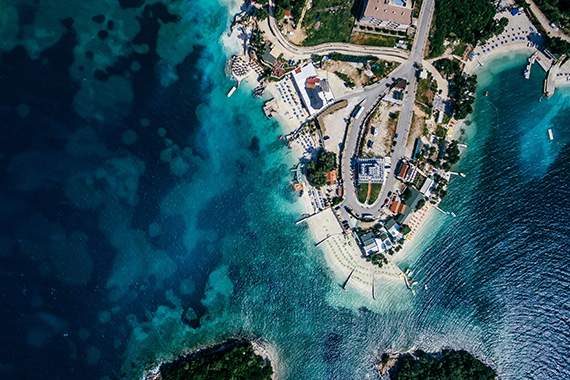
Photo by Polina Rytova
While aerial photography has been accomplished with everything from hot air balloons to space shuttles, most of us are a little limited in the resources we have available. I have used helicopters, fixed wing aircraft and ultralights for my work, and I’ll cover these in a little more detail in my personal order of preference.
Helicopters
Aerial photography from helicopters is likely the easiest platform to work from under most circumstances. When used specifically for photography, most pilots will allow the removal of a door, leaving a large workable shooting area. This can be very advantageous, as you can literally pan the camera to keep the subject within the frame while still traveling in a straight forward direction. Helicopters also have very impressive turning characteristics so you will find that there is far less lost time as you circle back to shoot from a different altitude or angle.
There are a few downsides to shooting from helicopters, however. First is the big expense—easily $500 per hour or so for a Robinson R22 to $1,500 or more for a large jet. It’s very impressive how much you can shoot in a few hours, but the credit card can take a big hit after you land. Do you need a jet helicopter for most uses? I have used both the smaller Robinsons and large jet helicopters and have had very good results with both. Some will argue that the bigger helicopters are a little safer, but I’ll leave that up to the experts.
Jet helicopters are significantly faster, so if you are traveling large distances they can have an advantage. Secondly, vibrations can be an issue depending on a number of factors. My experience has been that a good pilot can often hit a “sweet spot” where the helicopter settles into a somewhat smooth forward motion. This generally is not while you hover; forward movement plays a part.
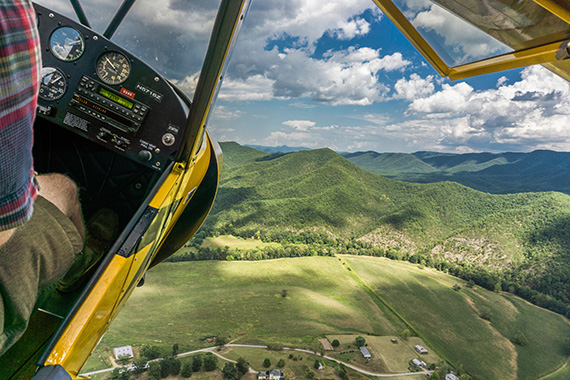
Photo by Brandon Pierson
Helicopter photography, from a technical standpoint, can be both a challenge and an exhilarating experience. If you can’t remove the doors, wear dark clothing and make sure to have a lens shade installed. Most of the windows are Plexiglas and tend to have scratches, so you will probably want to shoot fairly wide open to limit the depth of field. Window tint might also be a problem, although this can generally be cleaned up in Photoshop or some other editor. I recommend shooting RAW for this reason. Whatever you do, do not place any part of your body or camera against the sides of the helicopter, as the vibration will transfer over to the camera and cause unsharp images.
Life is easier without doors, but be aware of the turbulence if you lean out a little too far. The buffeting can be quite strong. All gear and other equipment needs to be securely fastened to your body or a harness, you don’t want to think about what might happen if you drop a lens or camera out the door! I go as far as taping the lens hood to the lens as a safety precaution, as I’m sure the tail rotors would make quick work of a lost lens shade, possibly with bad consequences. If at all possible, use a few different cameras so you can keep changing lenses and memory cards down to a minimum.
I try to keep my shutter speeds around 1/1000 or faster if at all possible but have had reasonable success around 1/500. If this means increasing the ISO as the light fades, I do this in preference to having somewhat blurred images. This should allow for an aperture of about f/5.6 in most circumstances, although as the light fades, you might be looking at f/2.8 or so—a good reason to have fast lenses.
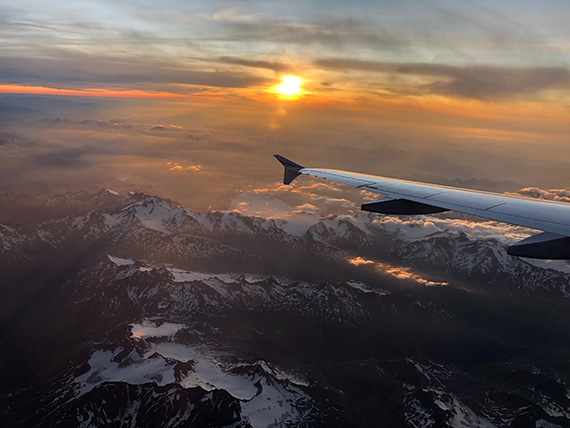
Photo by Patrick Hösl
Ultralight
I first did aerial photography from an ultralight in Costa Rica a few years back. I must admit I really didn’t know what to expect; all my previous aerial photography had been done from helicopters up to that point. I expected a large amount of vibration and bad wind buffeting but was in for a shock. Ultralights are actually an amazing aerial photography platform under the right conditions, which is when you tend to fly them anyway.
They do get tossed around a little bit, but generally the vibrations are not as bad as helicopters. While they aren’t as maneuverable as helicopters, they are better than fixed wing aircraft. Possibly the only downsides are that they are somewhat slow and you have to feel comfortable in them, as they are very bare bones and seat of the pants!
Fixed Wing Aircraft
Likely the bulk of aerial photography is done with fixed wing aircraft. While not as maneuverable as helicopters they are still very competent shooting platforms under the right conditions. Try to get an airplane with a high wing, like the Cessna 172 Skyhawk, to get the best view. The low winged aircraft really limit the view below! Even with high wings, the wing strut will probably be in the way, it’s just not generally located in a good position for photography.
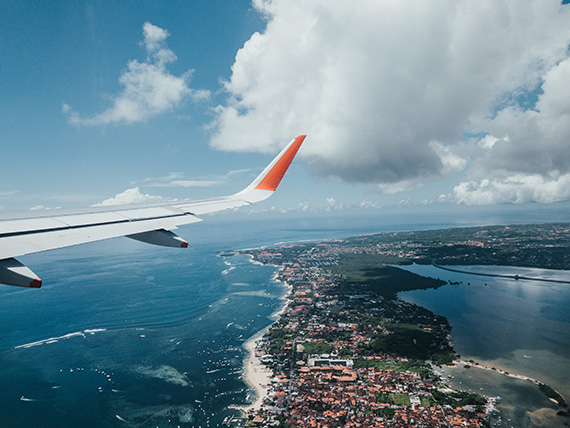
Photo by Shawn Ang
I’m sure some people fly with the doors off, but in general you will be flying either shooting through a small opening window or through the glass. Either way, positioning of the aircraft is very critical to line up the image, so a good pilot—preferably with experience working with photographers—is a must. What’s the biggest advantage of a fixed wing platform? Cost! Likely 1/4 or less of what the helicopter will cost.
Getting Organized
Flying in circles looking for photographs could be very exciting and entertaining until you land and find out how much money you spent without really accomplishing anything. Do your research beforehand and get a good idea about what you want to photograph and how you will accomplish it. What side of the aircraft will you be shooting from? What altitude or different altitudes are required? When will the light be the best? Often you will find that one flight will not produce all of the required images due to some of these decisions and a second or third flight might be required.
Once you have done your homework, it’s time to find your aircraft. Your budget is likely the biggest decision here, as well as the type of aircraft available. Hire a good pilot, preferably one that has experience working with photographers! Pilots do vary and some are better at others when it comes to understanding the requirements of aerial photography. Go over a flight plan and stick with it. The most important part of the shoot is that the pilot calls the shots and has the final say in what will be done. They know the regulations, safety issues and the bottom line; they are responsible for you, the aircraft, and the people on the ground!
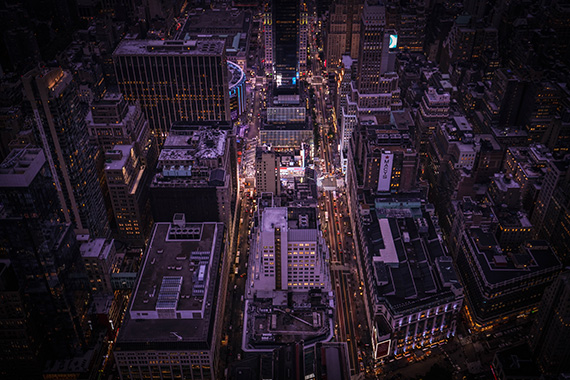
Photo by Axel Houmadi
Happy shooting!
About the Author:
Kevin Oke is a professional nature and travel photographer with over 30 years experience. When not travelling he writes on his blogs, Nature Travel Photography and Kevin Oke Photography. Kevin is available to answer questions about photography on his Photography forum.
Like This Article?
Don't Miss The Next One!
Join over 100,000 photographers of all experience levels who receive our free photography tips and articles to stay current:





Very interesting article and some very great pictures! Well done!
I love how these aerial photography are taken by big copters and still being appreciated in 2018 although we know the fact that quadcopters/drones are quite popular these days. Thanks for sharing this! Truly, It brings back time.
Some of the great shots are taken on aerial photography. Thank you for sharing some of your shots! Good job :)
Thank you for sharing this amazing Aerial photography photos it really amazed me Good Job. I’m sure that you have High Aerial photography skills. Job well done.
Who took this pictures? I was really shocked! Very impressive and amazing!
I cannot help but point to the website of Ben Wilhelmi ( http://www.benwilhelmi.com and http://blog.benwilhelmi.com) who is both an experienced pilot and a photographer living in Tanzania, in eastern Africa. He has shot a lot of aerial photographs of this country on board of cessna 206 and 208 and with various cameras: of course digital SLR but also manual focused ones like a Leica M6 and even a Rolleiflex 3.5F.
I really envoyed this post especially the last part. indeeed, it is the pilot who has the final say about what to do and how to do it. And indeed, a pilot who knows about photography is your best choice to make sure he understands what you want and if and how it is feasable.
I really love that image of the snow-covered Romanian city at night. Great inspiration, thanks!
Arial photography provides such a unique view. I would love to charter a helicopter and take some photos. How do you go about finding out if there are any flight limitations for the area you want to shoot? Thanks for all your helpful information!
Aerial photography can be beneficial in many different ways. It can help with city modelling, environmental conservation, forest management, and flood control. You have explained the different ways of performing aerial photography; by helicopter, ultralight, and fixed wing aircraft. Like you said, being organized is very important in aerial photography as well. Thanks for sharing!
-Chris